Has Active Noise Cancellation (Noise Control)
JBL Wave Buds
✓
Sony WF C500 ✗
Active noise cancellation uses more advanced kind of tech to reduce ambient sounds. How it works, it listens to the sound pattern outside and inside the earbud and then generates a mirror signal to cancel it out. Simply put, it's like having +1 (noise) and adding -1 (counter sound by the device) to make zero which results in a reduced level of noise.
The JBL Wave Buds have Active Noise Cancellation enabling you to listen at lower volume levels, causing less ear fatigue since you don't need to crank up the device volume to overcome background sounds.
Has Passive Noise Reduction
JBL Wave Buds
✓
Sony WF C500 ✓
JBL Wave Buds sit well in place, this creates a sound covering that reduces your environment noise and also prevents the device sound from leaking out .
Both Sony WF C500, and JBL Wave Buds have passive noise reduction which means that both tone down ambient noise without using technology to cancel it out.
Driver Unit Size
JBL Wave Buds
8mm
Sony WF C500 5.8mm
The JBL Wave Buds driver unit is 8mm in diameter, bigger drivers are more powerful, therefor producing better bass.
A driver unit is the component that produces sound in the device, the unit size determines the sound produced by the earbuds.
Sony WF C500 driver unit is 5.8mm in diameter,
which implies that they have a smaller driver unit than that of JBL Wave Buds by 2.2mm
, as many tend to believe that driver units of a bigger size automatically produce better sound quality.
However, large drivers find it difficult to produce high frequencies so yeah, larger drivers are capable of generating louder sound, but this does not mean that they produce better quality sound.
Lowest Frequency
JBL Wave Buds
20Hz
Sony WF C500 20Hz
JBL Wave Buds's lowest frequency is at 20Hz, low-frequency response measures if and how well an audio device generates low audible frequencies and if it makes any changes to the signal on its way through.
Sony WF C500's lowest frequency is at 20Hz, this implies that
both devices make sound with equal bass
Highest Frequency
JBL Wave Buds
20,000Hz
Sony WF C500 20,000Hz
JBL Wave Buds's highest frequency is at 20,000Hz, high-frequency response measures if and how well an audio device generates high audible frequencies and if it makes any adjustments to the signal on its way through.
Sony WF C500's highest frequency is at 20,000Hz, this means that
both devices produce equal treble
Sound Pressure Level
JBL Wave Buds
100dB/mW
Sony WF C500 ✗
SPL, is the pressure level of sound, in decibels, dB, JBL Wave Buds's measurement is 100dB/mW. Devices with a higher sound pressure level are generally louder when supplied with any given audio source.
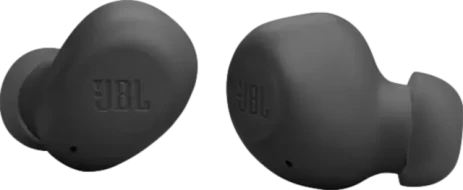
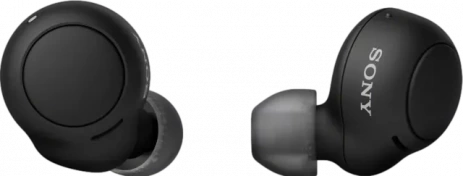
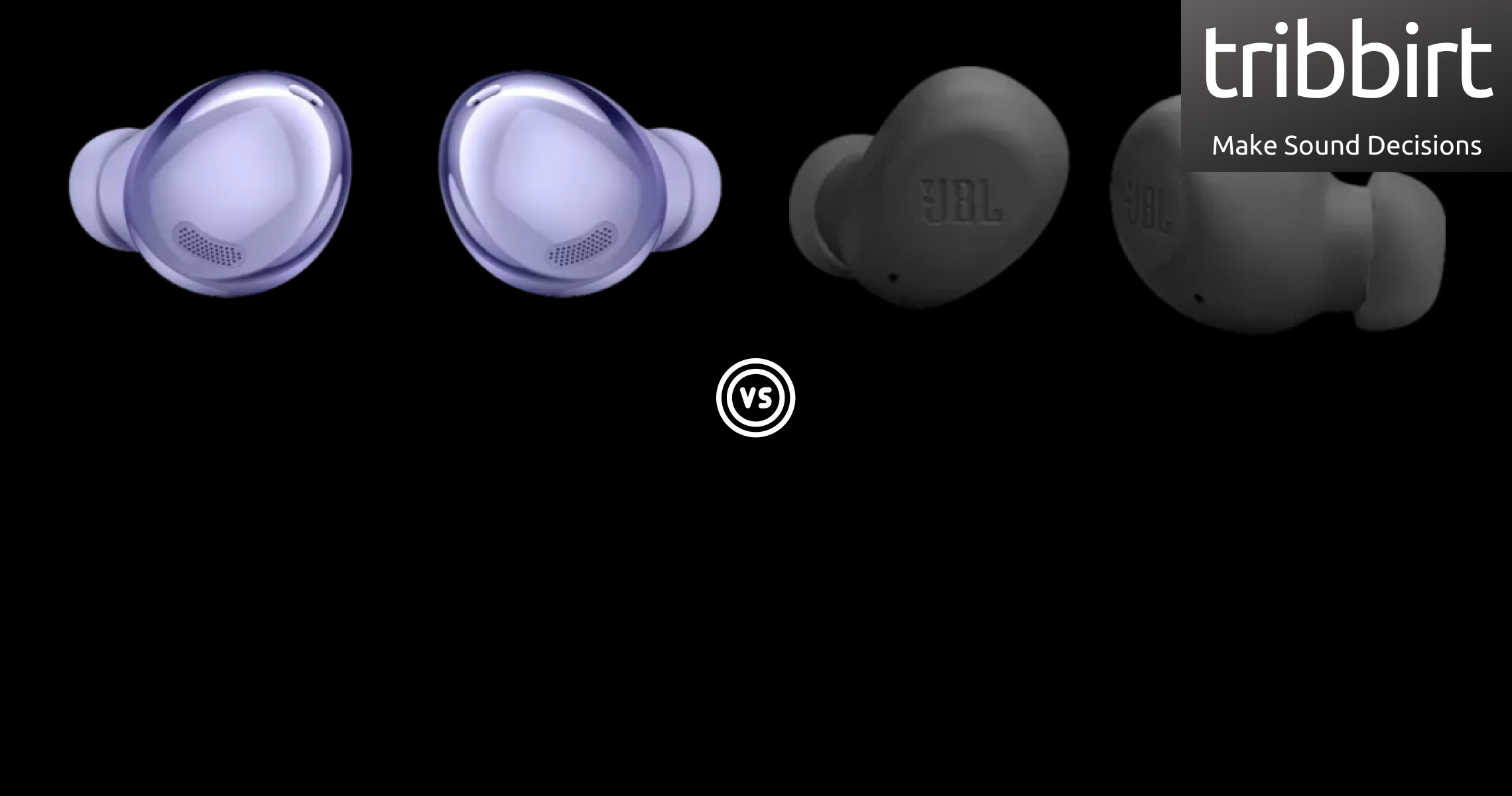
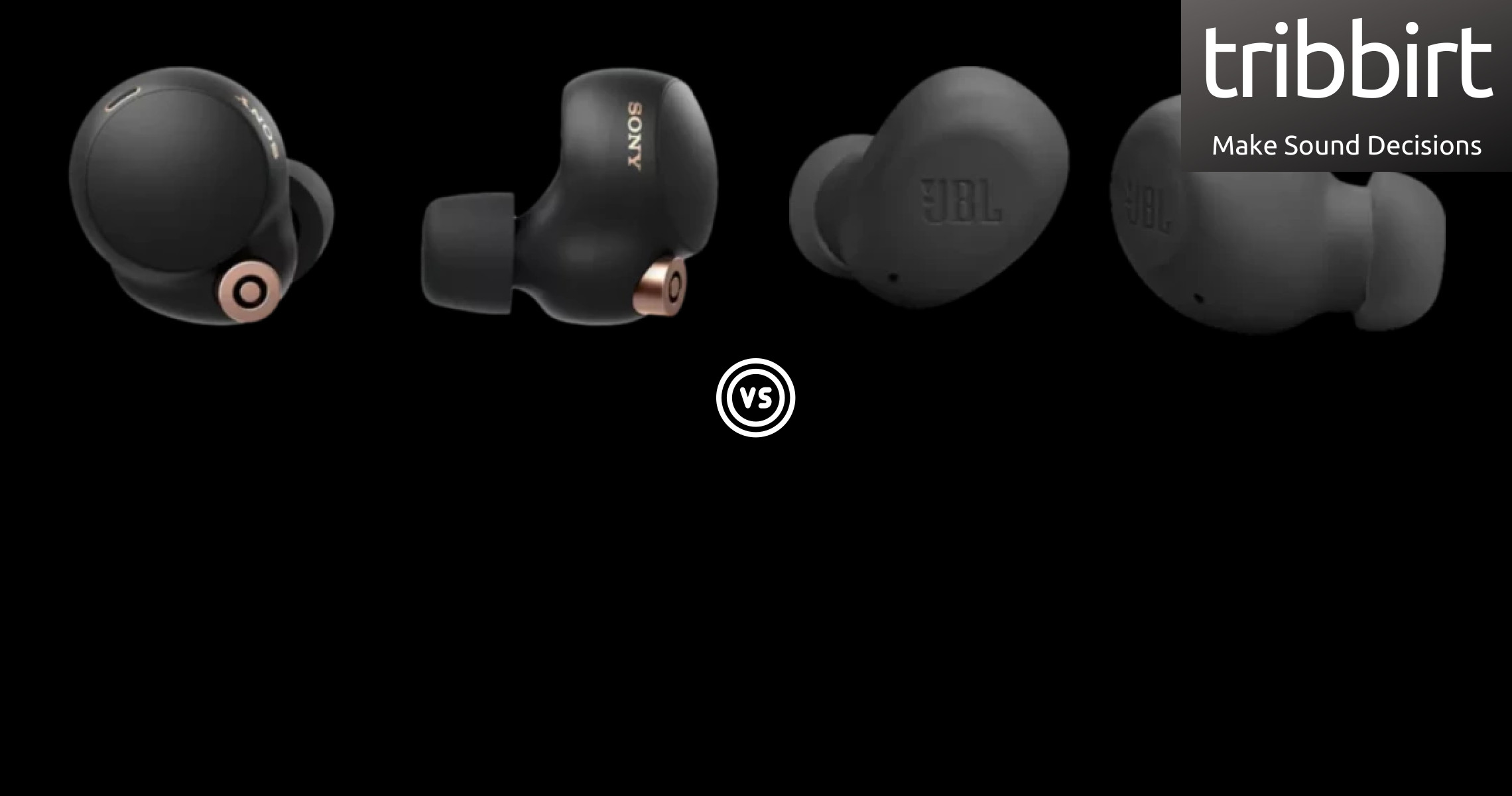
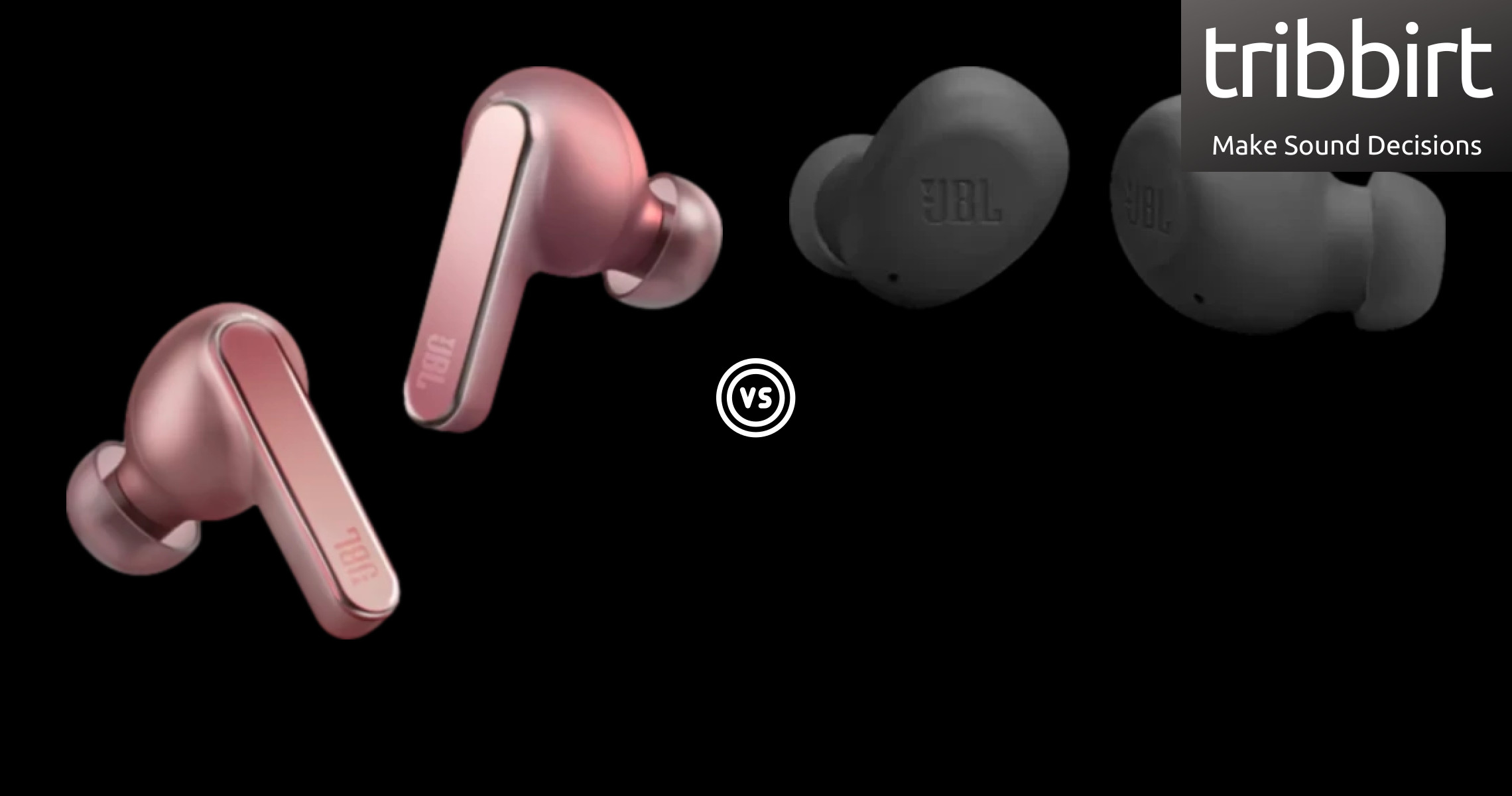
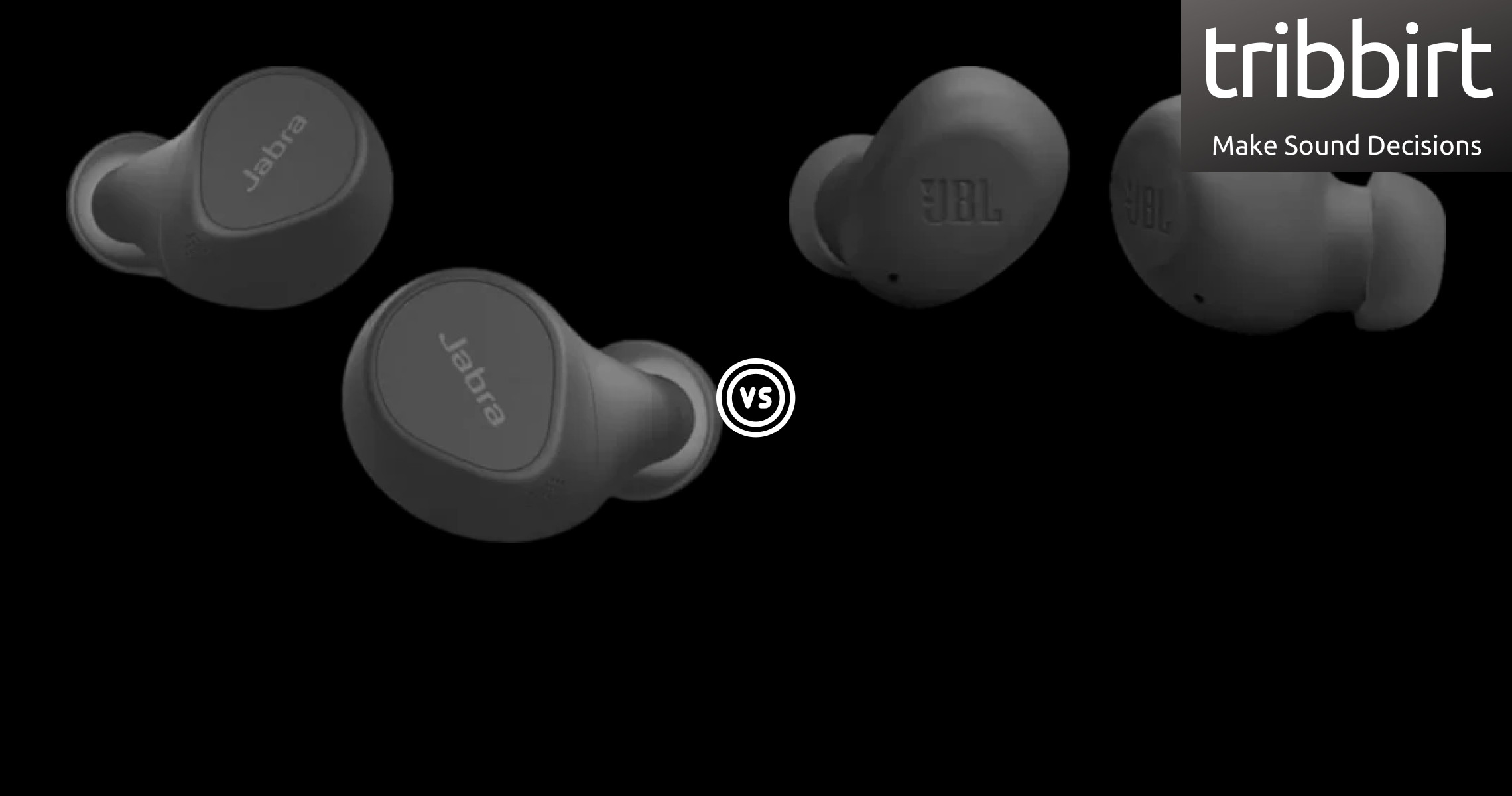
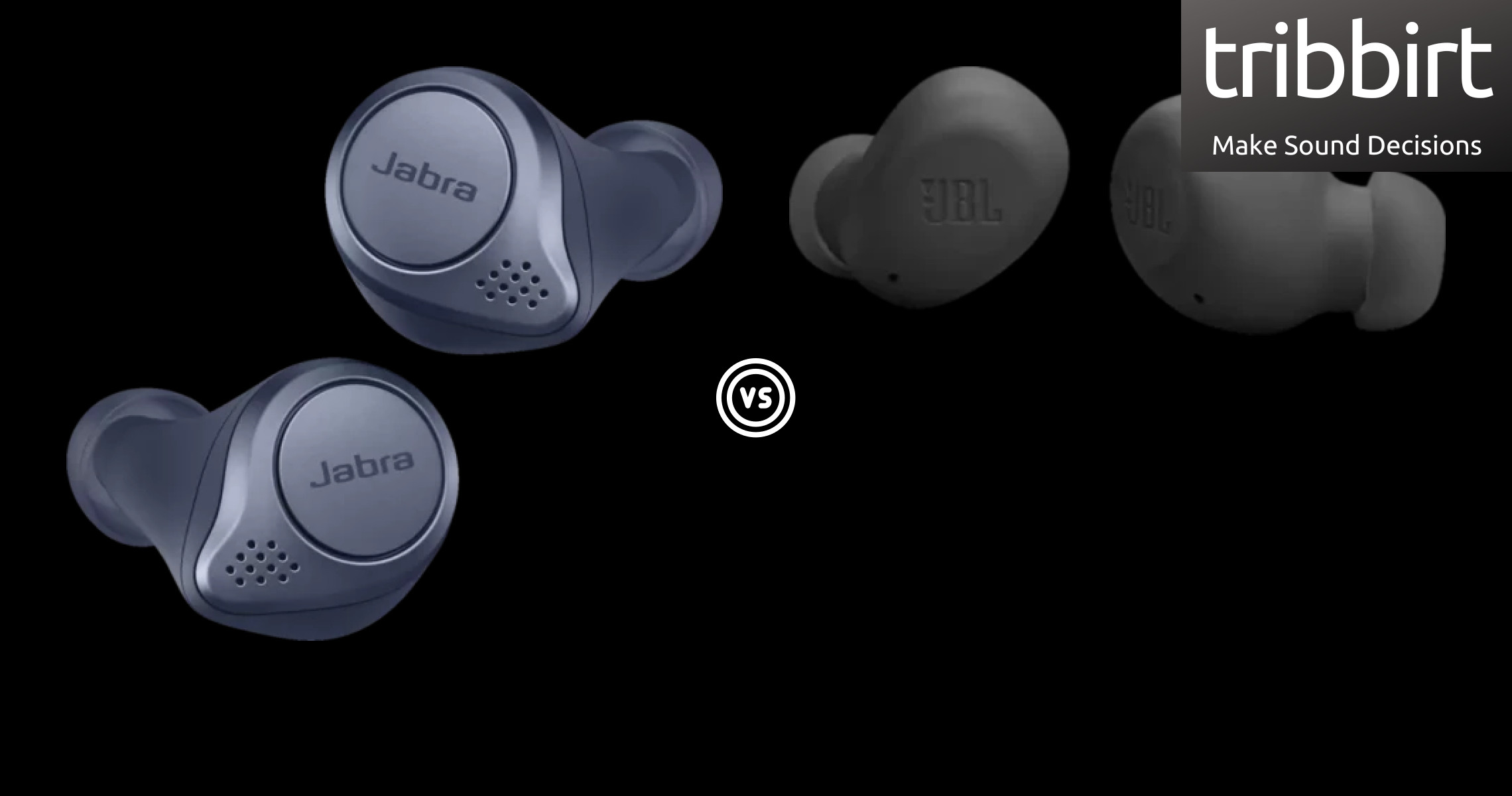
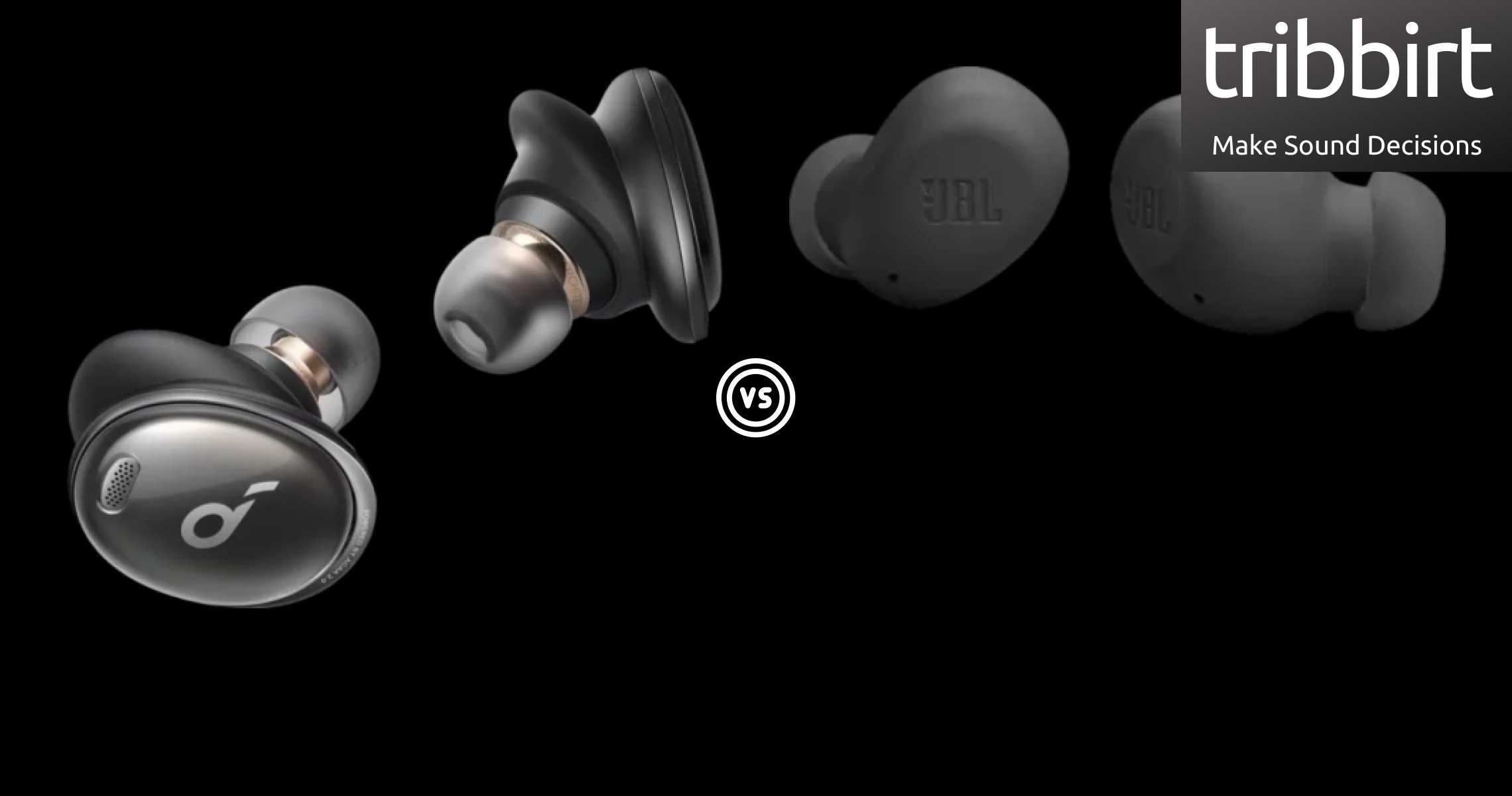
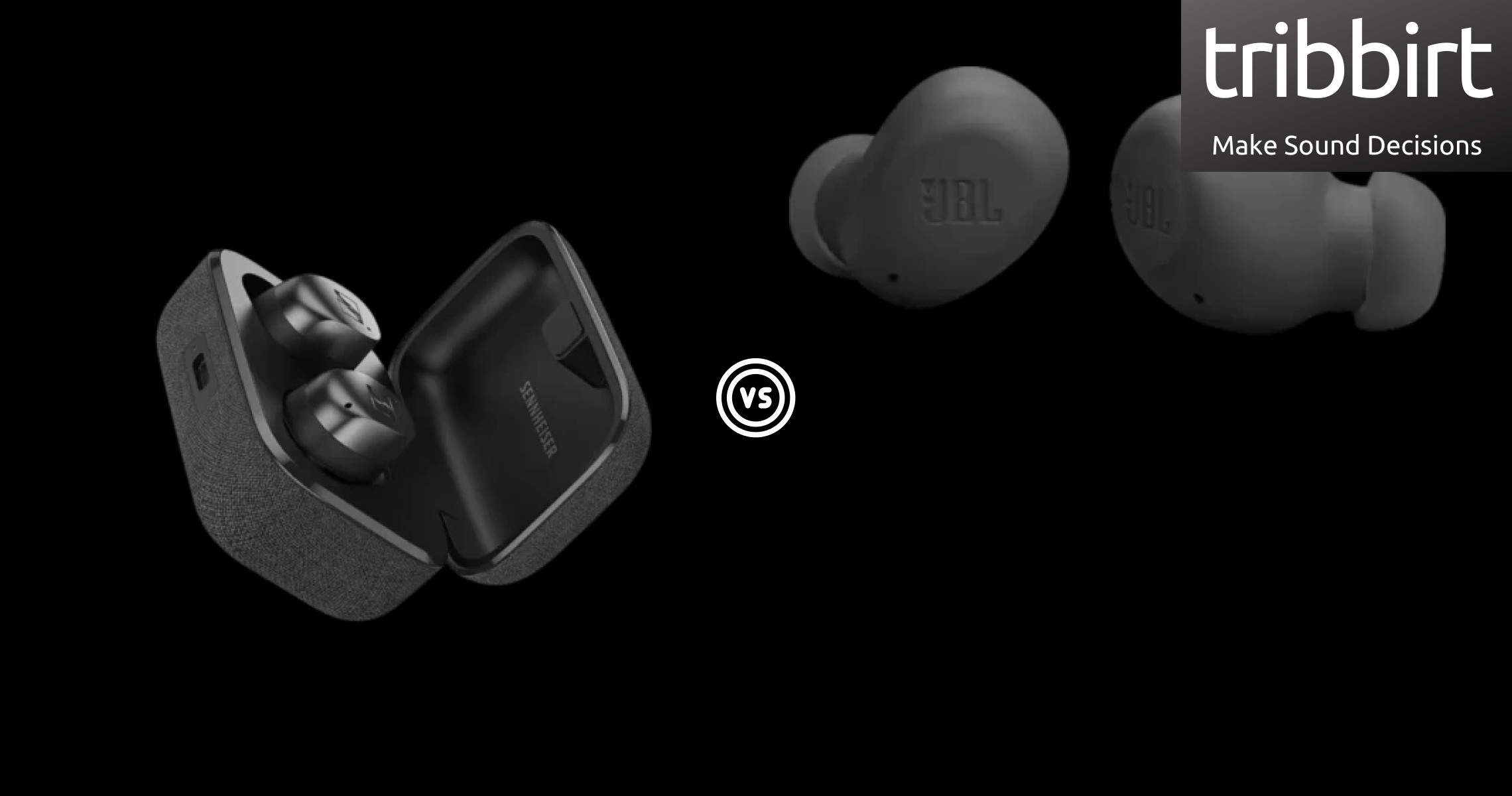
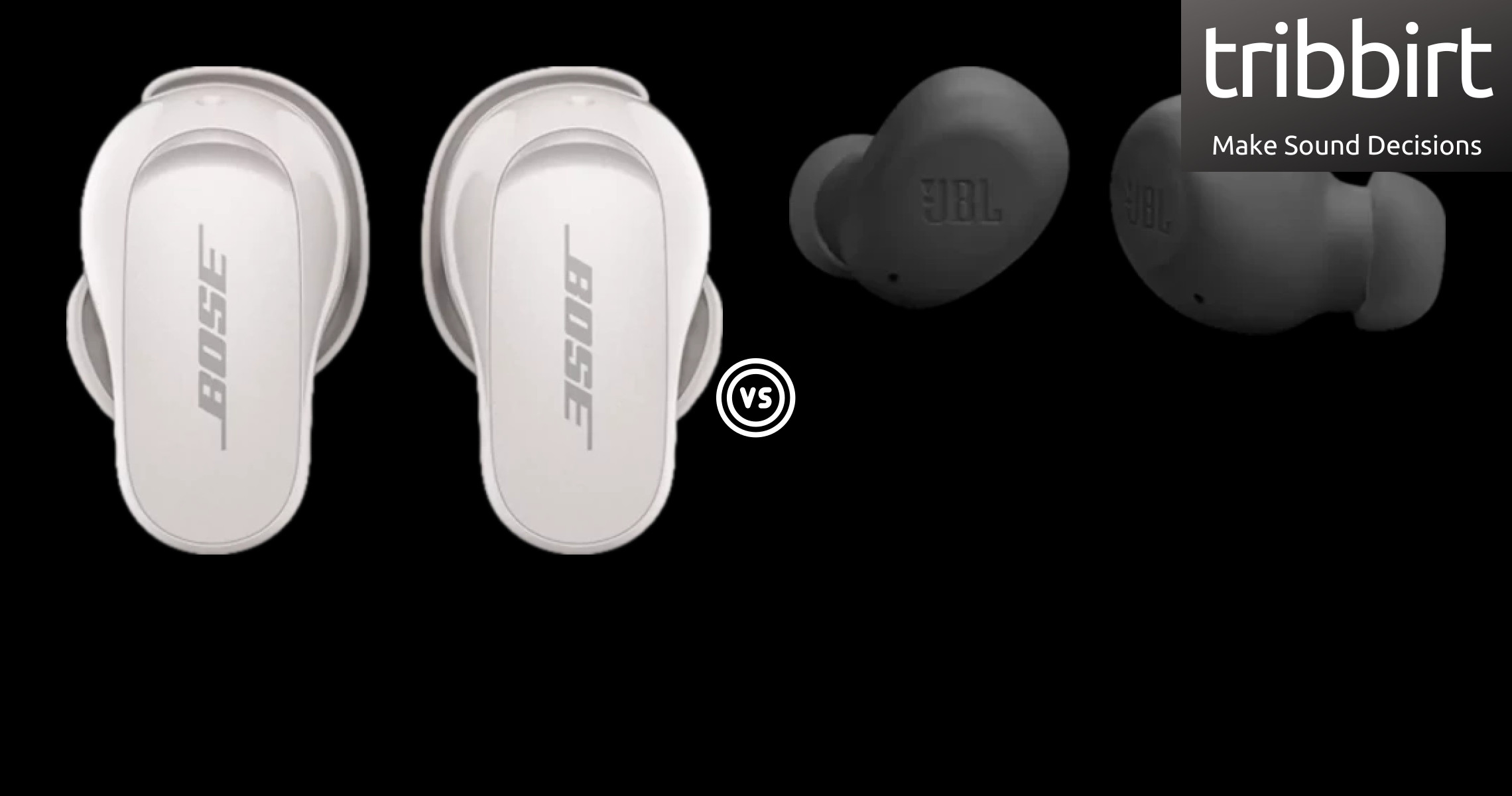
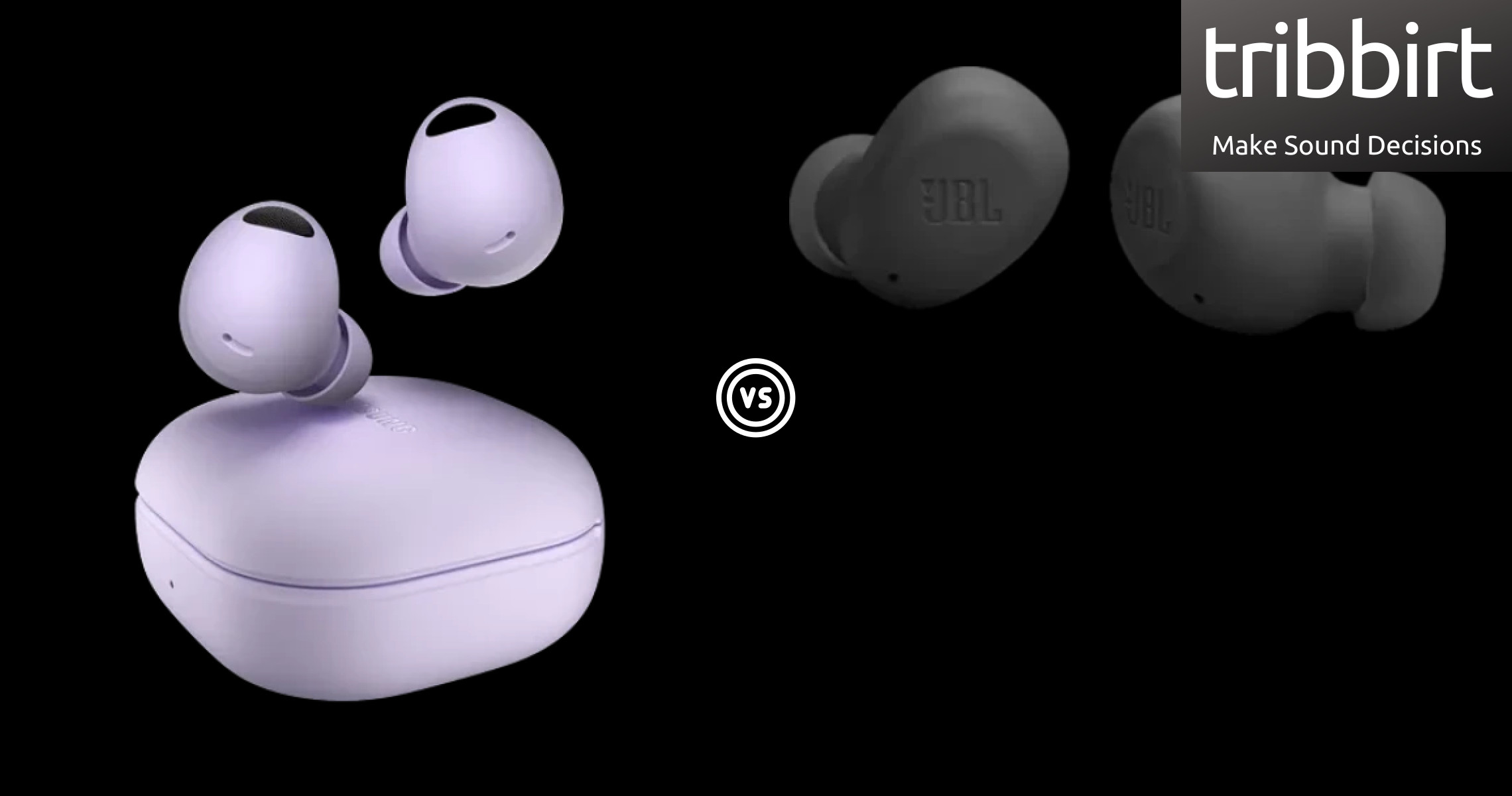


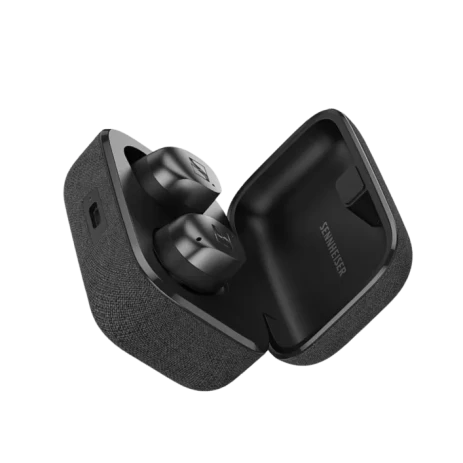 Sennheiser Momentum True Wireless 4 Vs. Jbl Wave Buds Review
Sennheiser Momentum True Wireless 4 Vs. Jbl Wave Buds Review
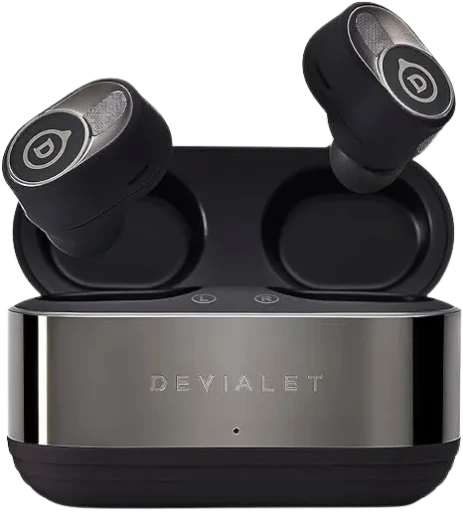 Devialet Gemini 2 Vs. Jbl Wave Buds Review
Devialet Gemini 2 Vs. Jbl Wave Buds Review
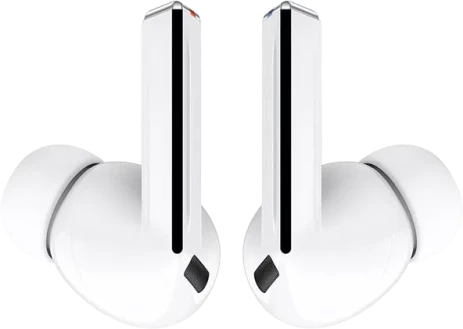 Samsung Galaxy Buds3 Vs. Jbl Wave Buds Review
Samsung Galaxy Buds3 Vs. Jbl Wave Buds Review